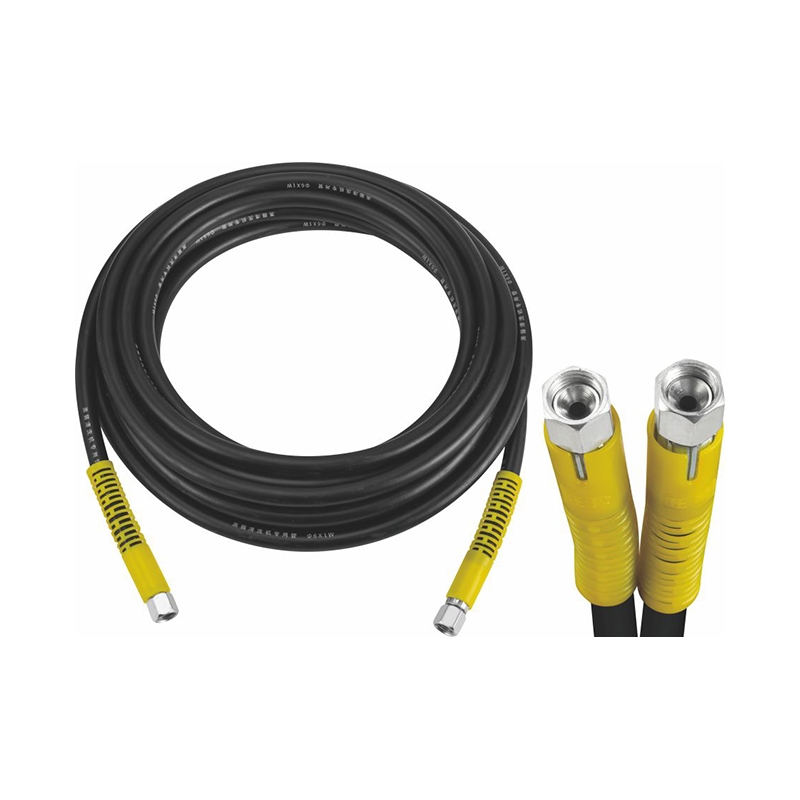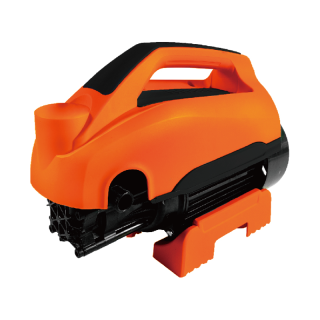Flexible Stainless Steel Hose
Flexible stainless steel hose is a flexible metal hose, mainly composed of an outer layer of braided stainless steel wire and inner layer of corrugated or smooth stainless steel hose.
1.Structural Composition
The structure of a flexible stainless steel hose typically comprises a stainless steel wire layer, bellows layer, liner layer, and connectors. The stainless steel wire layer offers robust strength and supports the hose's shape; the bellows layer effectively absorbs vibration and noise within the piping system. The liner layer safeguards the hose from corrosion and abrasion, while the connectors facilitate seamless integration with equipment or between hoses. The resulting stainless steel hose combines exceptional strength with Good flexibility.
2.Main Characteristics
Good flexibility and bendability are hallmarks of a flexible stainless steel hose, capable of being freely bent into a variety of angles and radii of curvature, maintaining consistent flexibility and durability in all directions. Its corrosion resistance, thanks to the use of stainless steel, enables hose to withstand a wide range of chemical substances. Additionally, the hose demonstrates impressive high and low temperature resistance, operating stably within a temperature range of -196℃ to +420℃. With a certain tensile force between hose side buckles, the hose prevents internal wires from being exposed, further enhancing its durability. Its waterproof properties and excellent electromagnetic shielding performance make hose an ideal choice for various applications requiring such protections.
3.Application Areas
Due to hose outstanding performance, the flexible stainless steel hose finds widespread application across numerous fields. In aerospace, hose is utilized in aircraft, rockets, and other aerospace vehicles for piping systems, meeting the stringent requirements of lightweight, high strength, and corrosion resistance. In the petrochemical industry, hose transports corrosive or high temperature and high pressure fluids with ease. In metallurgy and electricity, hose connects pipelines between equipment, effectively absorbing vibration and noise. In building and home settings, the stainless steel hose is commonly used for connecting gas, water supply, drainage, and air conditioning systems. Furthermore, in automation equipment, hose serves as a signal pipe and wire protection pipe, safeguarding precision lines and equipment.
4.Purchase and Precautions
When purchasing a flexible stainless steel hose, several considerations are crucial:
Material Selection: Ensure that the hose is crafted from high-quality stainless steel to meet the corrosion and high-temperature resistance demands of the intended environment.
Pressure Level: Choose an appropriate pressure level based on the operational requirements of the application to ensure the hose operates within its safe working pressure.
Length Customization: Customize the hose length according to your specific needs to avoid inconvenience and waste caused by improper sizing.
Connection: Opt for suitable connections, such as quick couplings or flange connections, to ensure a reliable and secure link between the hose and the equipment or pipeline.
Brand Reputation: Trust in renowned brands and reputable suppliers to guarantee product quality and comprehensive after-sales service.














